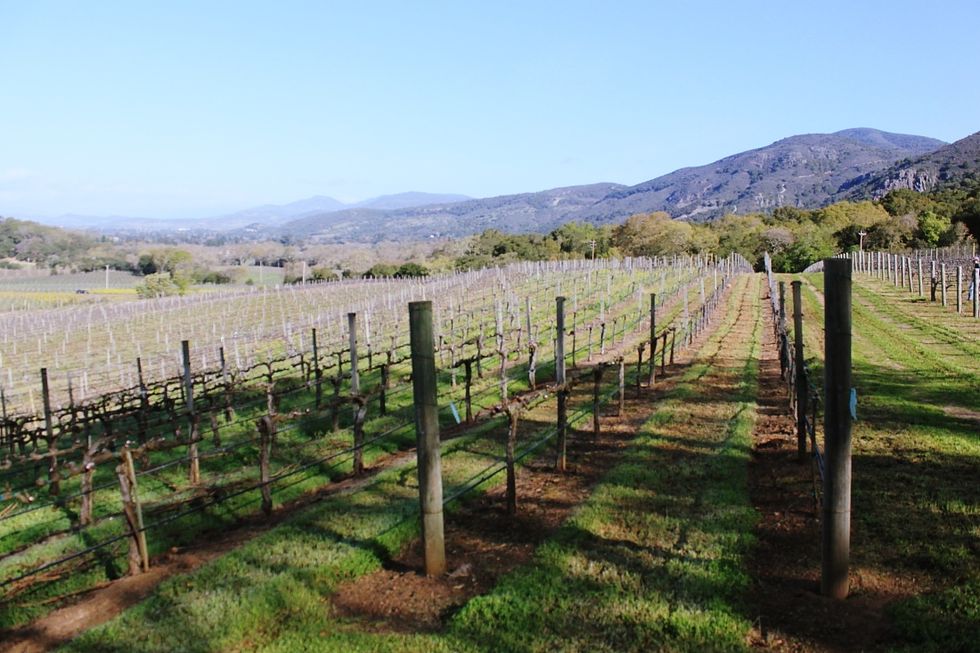One of the most promising winegrowing regions in Napa Valley is also one of the least visited. Just minutes outside of downtown Napa, the Coombsville sub-appellation is certainly off the beaten path, but not because of its remoteness. Until recently it wasn’t even on the map.
This December, a petition — written by Tom Farella of Farella Vineyards and supported by other vintners in the region — stating that Coombsville has the history and a climate and soil type unique enough from surrounding regions (Carneros to the West, Wild Horse to the East, Oak Knoll to the North) to merit its own sub-AVA status, was granted. As of January 2012, Coombsville was recognized as Napa’s newest (and some might argue, its best) AVA.
Besides being included on the Napa Valley Vintners map of sub-appellations, Coombsville wineries can now include the name on their label. And proudly: for more than 20 years, grapes that go into renowned, high-profile labels like Far Niente, Dunn, Joseph Phelps and Pahlmeyer, have been grown here. “This is Napa’s best-kept secret,” says Massimo Dicostanzo, whose first wine, a Coombsville-designate Cabernet Sauvignon, will be released this summer.
Nearly all Coombsville wineries are by appointment only. Below are just a few. Click here for a more complete (but not comprehensive) map.
Farella Vineyards
Planted by founder Frank Farella in 1979, most of the grapes grown on the 26-acre estate are sold to other wineries. But the Cabernet Sauvignon that his son, Tom Farella, makes is anything but an afterthought. Considered cool conditions for growing the noble Cab, his wines are dark and powerful but also silky and nuanced. Their current release is 2005—clearly they are made to age.
Caldwell
In 1982 John Caldwell smuggled vines from Bordeaux and planted them in Coombsville soil. Needless to say, everyone, including the legendary winemaker Helen Turley, wanted some of that fruit (and his vines—Caldwell started a nursery and sold cuttings). It wasn’t until1998 that, with the help of now-rockstar winemaker Phillippe Melka, he started making his own wine. The label now includes 8 different single-varietal wines, including unusual selections like Tannat and Carménère.
Tulocay
If anyone is qualified to speak about the history of Coombsville, it’s Bill Cadman, whose Tulocay winery, founded in 1974, was the first. The name, which the Europeans used for the native population of Wappo Indians (it means “redskins”), received a lot of attention in 2004 when an effort led by Quintessa’s Agustin Huneeus to have the region granted AVA status under the Tulocay name, failed. Cadman’s Cabernet and Pinot Noir are a testament to the diverse potential of the region.





















